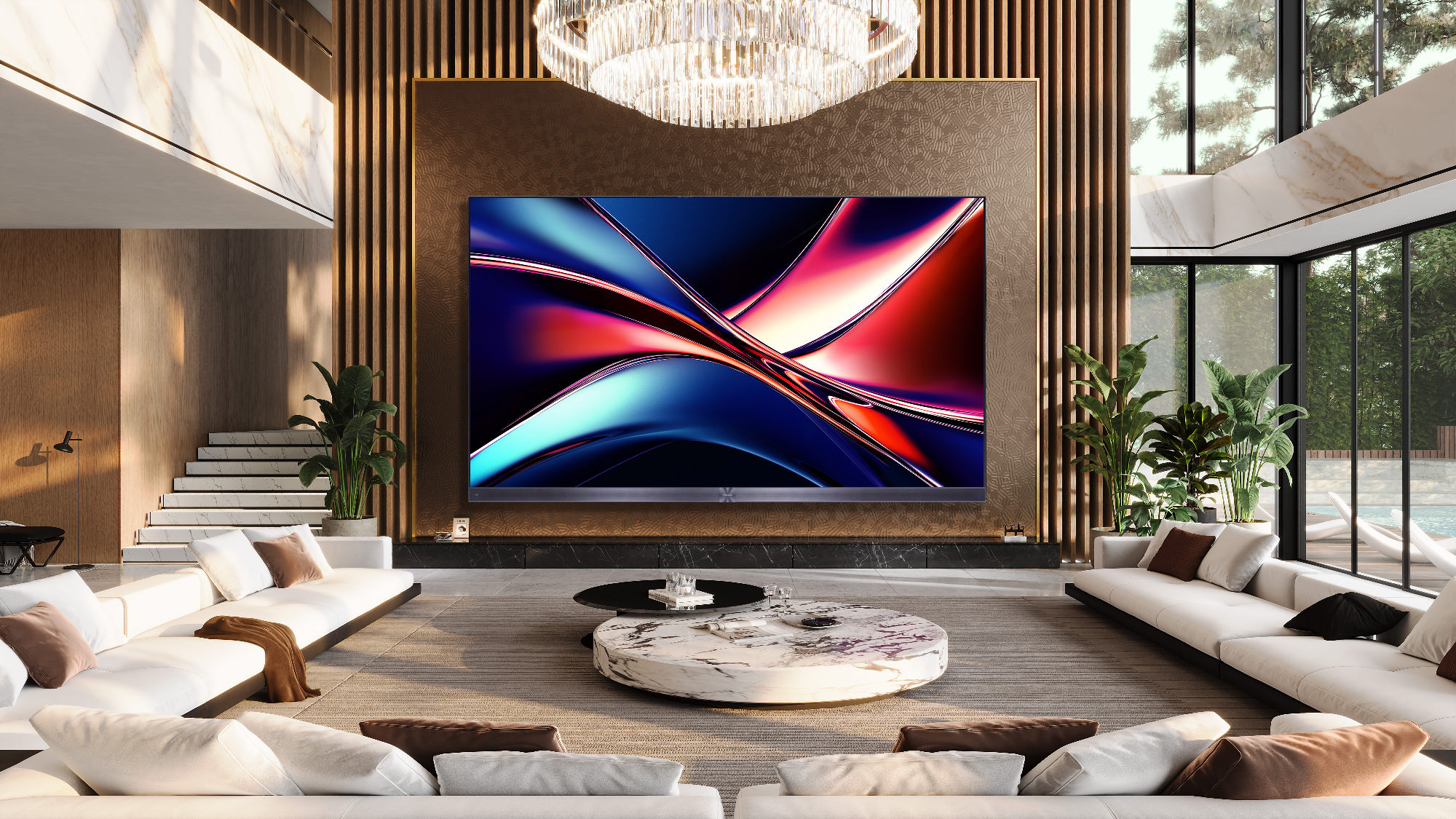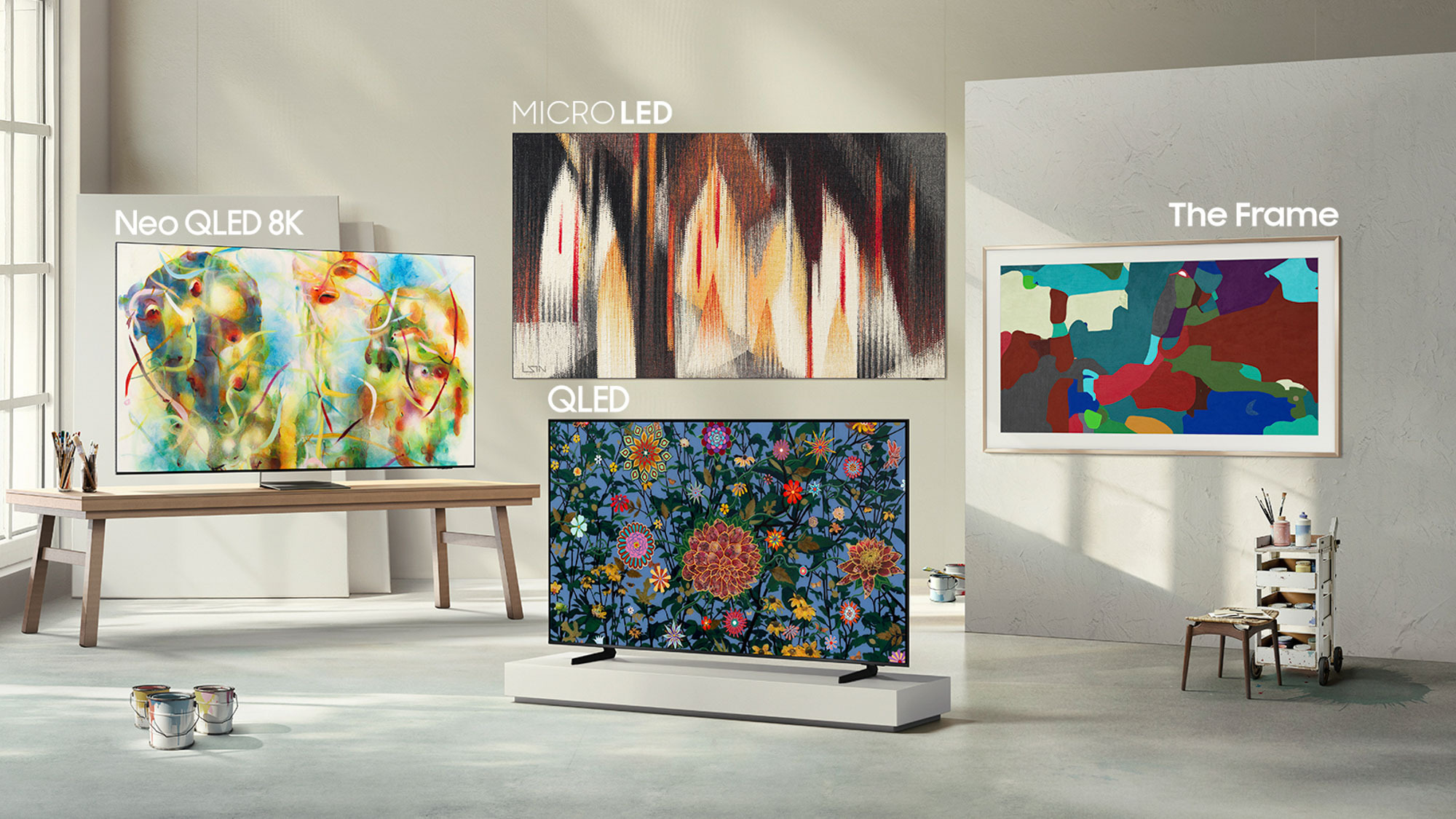
MicroLED TVs are back and in force. The display type — once thought to be a potential OLED-killer — made waves at CES 2025 this year, with new models from Samsung and Hisense that could push major boundaries in the space.
Don’t expect to get your hands on one of these with ease, though, as the price on MicroLED TVs will make your eyes melt. Despite being long hailed as superior to OLED TVs, the panel technology typically comes with exorbitant MSRPs — like a starting $100,000 on Samsung’s 2024 range. In addition, it's typically only available in larger screen sizes.
That said, Hisense’s jump into the market might change everything. Known for its budget pricing even on its top-of-the-line TVs (like Hisense U8N), the brand could set a tone for the MicroLED TV market. As Hisense gains on its biggest rival, Samsung, what better way to tackle these ambitions than by leveraging the very technology it pioneered against it?
Still, Samsung isn’t resting on its laurels. Its 8K MicroLED TV could likewise prove just as revolutionary in bringing prices down to somewhat more reasonable levels. As 2025 could be the year of cheaper OLED TVs, the same might be true even for MicroLEDs.
MicroLED TVs were all the rave at CES

At CES 2025, Samsung, one of the leading distributors of MicroLED panel technology with its Wall TVs, brought a new 8K RGB MicroLED model to the fore, which could be its most affordable yet. Hisense had its own consumer-ready MicroLED TV for CES attendees to ogle, too in the Hisense 136MX MicroLED TV. Our editor Kate Kozuch was the first to go hands-on.
Despite using similar technologies, these TVs are very different. Samsung's doesn’t even have an official name yet and is still a prototype stage (though Samsung representatives have said that the company is eyeing a 2025 release). The 98-inch TV uses an RGB backlight with MicroLEDs as opposed to Mini-LED, which should offer far more dimming zones as well as generally better brightness and color volume.
What makes Samsung’s model interesting is that it’s not a fully-fledged MicroLED TV — it simply borrows some of the technology for its backlighting. This could make it far cheaper than other models, but how much cheaper is hard to say. With its 8K resolution and 98-inch screen size, you can bet this prototype MicroLED TV will come with a $50,000 or more premium, even if it isn't a fully-fledged MicoLED.
On the other side of the ring is Hisense’s behemoth, 136-inch MicroLED TV called, simply, the 136MX. It serves as Hisense’s first consumer-ready model in this category (emphasis on first), offering a purported 10,000 nits of peak brightness on a panel bearing nearly 24.88 million microscopic LEDs. Like many of the best gaming TVs, it will also come equipped with a 120Hz refresh rate, ALLM, VRR, FreeSync Premium Pro and more gaming goodies.
At 136 inches, is it practical TV? No. Is it for everyone? Double no.
Hisense has not announced pricing or availability yet and it will entirely hinge on these aspects, but what the 136MX does do is open up a whole new door into the world of MicroLED technology for those interested. It might well lead to cheaper sets, too.
How Hisense and Samsung's MicroLEDs change the game
Given Samsung’s higher prices, Hisense might be able to edge out its competitor — especially as both Samsung and LG reel back their own MicroLED TV strategies.
There’s no question that, in 2025, Hisense is vying to steal some of Samsung’s market share. It’s already gaining on its South Korean rival, racking up 24% of the market last year against Samsung’s 30%, according to Counterpoint Research. However, Samsung’s premium OLEDs outshine many of the best TVs — and Samsung even claims it’s an industry leader in Mini-LED TV sales, Hisense’s bread and butter.
Hisense's efforts will take some time to materialize. We've only seen its very first consumer-ready entry in the MicroLED TV market, which makes me believe we will see more Hisense MicroLED models in the future, potentially even later this year.
MicroLED TVs might not be in their heyday yet, but they are improving, both in terms of pricing and technology. Right now, they remain impractical and prohibitively expensive for most people.
But MicroLED TVs are due for their day in the limelight, especially in the face of equally fascinating new panel technologies, from LG's new four stack OLED to NanoLED TVs.
More from Tom's Guide
Sign up to get the BEST of Tom's Guide direct to your inbox.
Get instant access to breaking news, the hottest reviews, great deals and helpful tips.

Ryan Epps is a Staff Writer under the TV/AV section at Tom's Guide focusing on TVs and projectors. When not researching PHOLEDs and writing about the next major innovation in the projector space, he's consuming random anime from the 90's, playing Dark Souls 3 again, or reading yet another Haruki Murakami novel.

